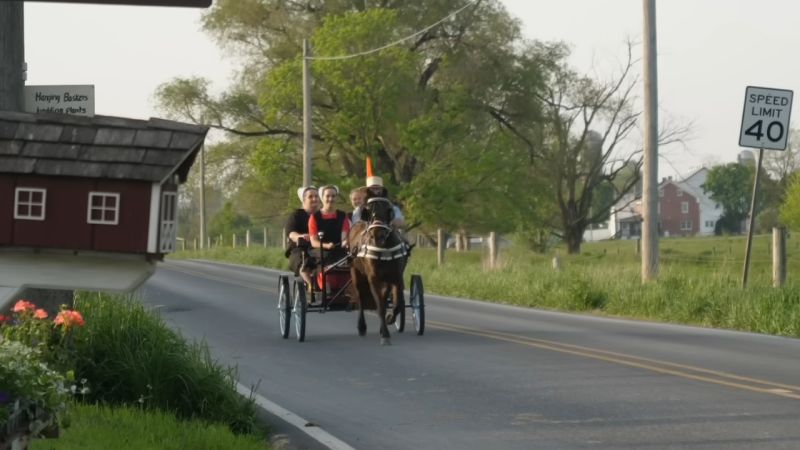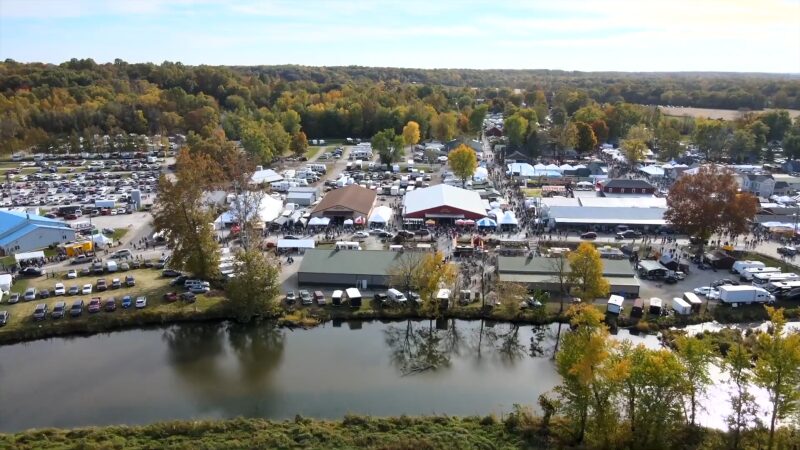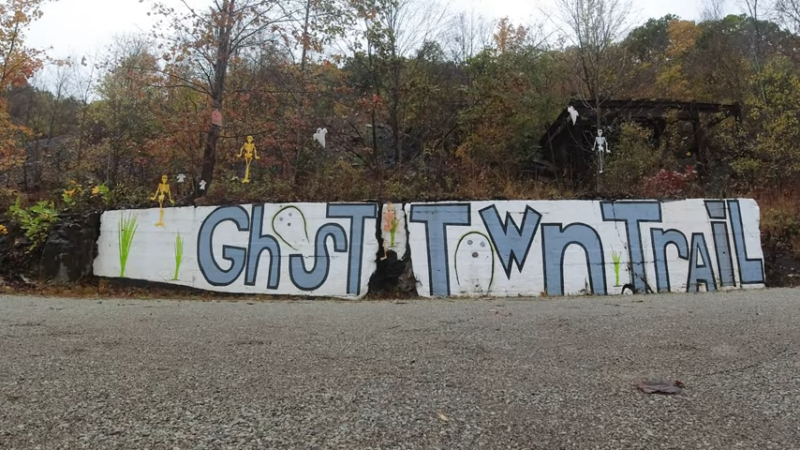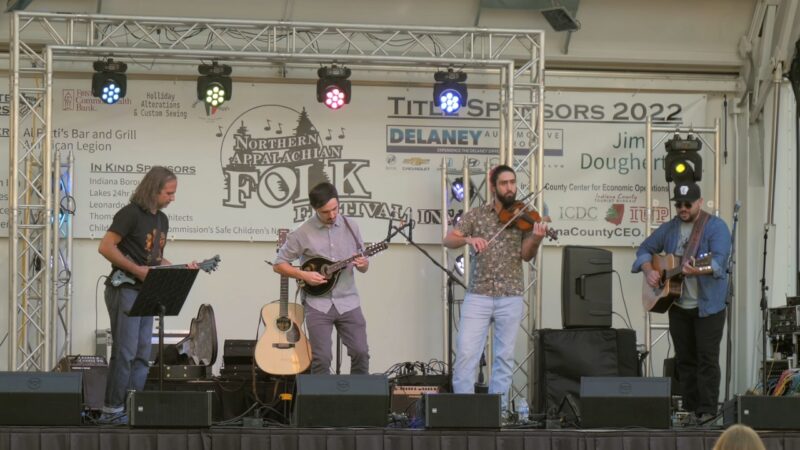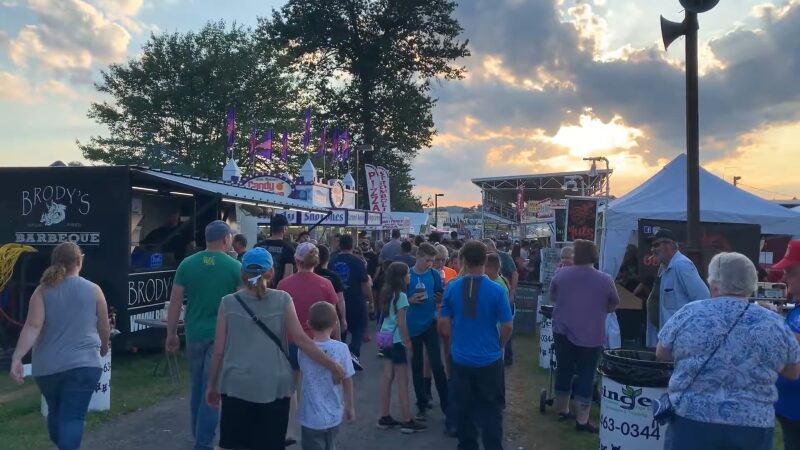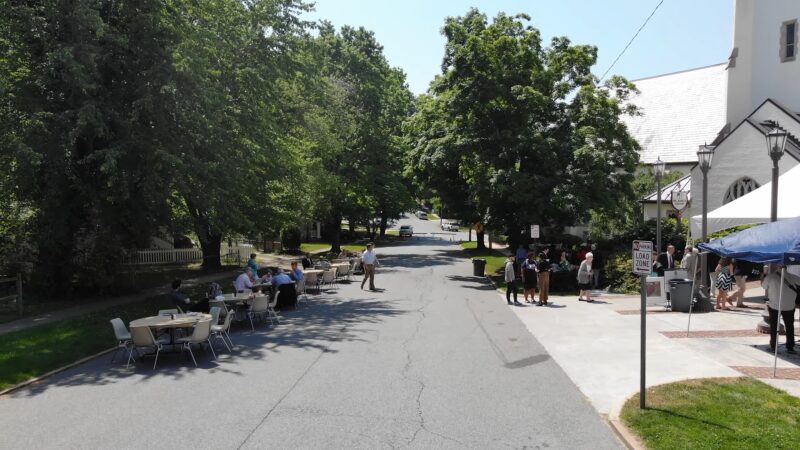Just recently, I came across an article that talks about the Amish community and how it will reach almost a million people in the next 25 years. I must say I was surprised by this information.
Then I remembered how my dad used to say that my grandfather was born into an Amish family and that he ultimately left it to live in a big city. Of course, this wasn’t a pleasant experience for him.
Despite hearing about this community in my childhood, I didn’t have any real knowledge about it.
Then I heard about a local community located in Smicksburg and decided to pay a visit.
I believe that sharing what I’ve seen will help people understand this community better.
The Smicksburg’s Amish Community
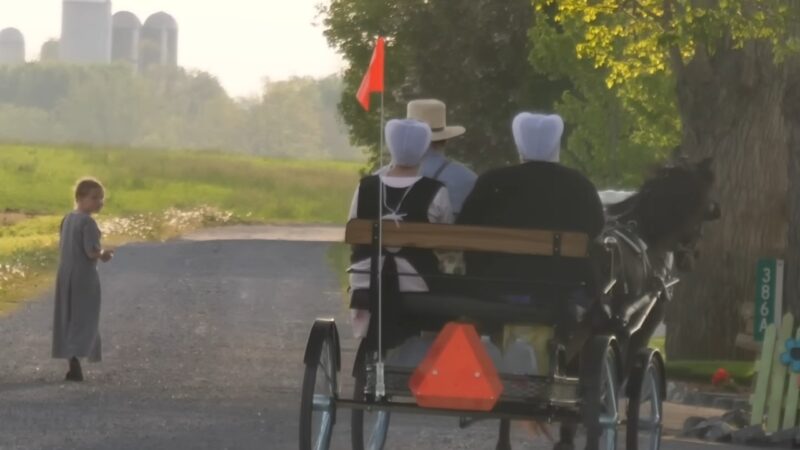
Upon arriving in Smicksburg, the pastoral landscapes were immediately striking—a vivid contrast to the bustling cityscapes I’m used to. With their modest dress and unhurried demeanor, the Amish people moved about their tasks with a sense of purpose and community that was almost palpable.
The thought that immediately came to my mind is that this is exactly how our ancestors used to live.
I had some reservations about communicating with locals. Though initially met with reserved curiosity, my interactions with them soon warmed up to friendly exchanges.
The Amish rejected modern conveniences like electricity and cars, opting instead for horse-drawn buggies and manual tools, which was fascinating.
While it may seem like you’ve fallen into the 18th-century village, you will see just how healthy and active these people are. Their way of life benefits them quite a bit.
No wonder this community grows constantly. I visited several shops, where the scent of fresh timber and baked goods filled the air, offering everything from handcrafted furniture to homemade preserves. Even though I didn’t have any shopping in mind, I bought a couple of things.
One of my most memorable experiences in Smicksburg was visiting the John G. Schmick Heritage Center, which offered insights into the local history and the Amish way of life.
The Old Smicksburg Park was another highlight, where the beauty of Pennsylvania was on full display, untouched and meticulously preserved.
Attending a local festival, I experienced Amish hospitality firsthand, complete with homemade fudge that melted delightfully on the tongue. The rural shopping experience was charming, offering items that were not only practical but made with quality and care not often found in conventional stores.
Not to mention that their products are significantly cheaper than what we get in stores and shopping malls.
Each purchase felt like bringing a piece of Amish dedication and tradition back home with me.
Historical Background
Before I arrived in Smicksburg, I decided to do a little bit of research on how this community came to be. My day exploring Indiana’s coal mining history, with its tales of families seeking livelihoods in close-knit communities, echoed the quest for a simple, rooted life that drew the Amish families to settle here in the early 1960s.
The city got its name from a Lutheran minister Reverend J. George Schmick back in 1827.
But the Amish community traces its origins back to 1961, when the first families moved here seeking isolation and land suitable for farming, in line with their traditional values. The migration was part of a broader movement among the Amish to find new, less commercialized areas that upheld their simple way of life.
Over the years, the Amish enclave, with these early settlers’ descendants, continued their forebears’ lifestyle. Today, the community has more than 800 settlers.
Understanding this background sets a meaningful context for the depth of their commitment to a life centered around faith, family, and farming, Once again, modern technology is practically non-existent here.
Cultural Insights
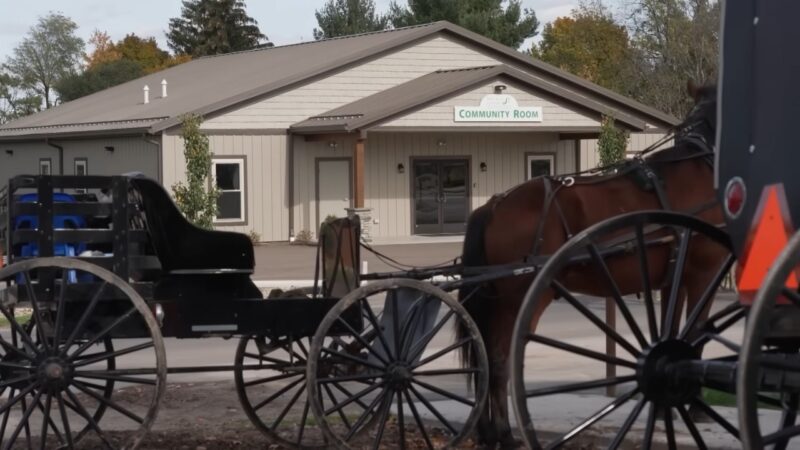
The craftsmanship in Smicksburg brought me closer to understanding the Amish emphasis on simplicity and excellence.
Everything you will see in their shops is hand-made, literally everything, from furniture to food. The woodworking shops were filled with exquisite pieces, each carved with a precision that spoke of generations of skill passed down.
Quilting, another storied Amish craft, offered a kaleidoscope of colors and patterns, each quilt telling a story through its stitches.
Farming, too, was an integral part of life here, with vast fields cultivated without the aid of modern machinery. Their return to basic, self-sufficient practices was inspiring.
The community’s educational and religious practices were also eye-opening, with one-room schoolhouses and church services held in homes, emphasizing a life centered around community and faith rather than material wealth.
Amish are the followers of a traditionalist Anabaptist Christian church, which is, contrary to popular belief, quite widespread in the world.
Reflections
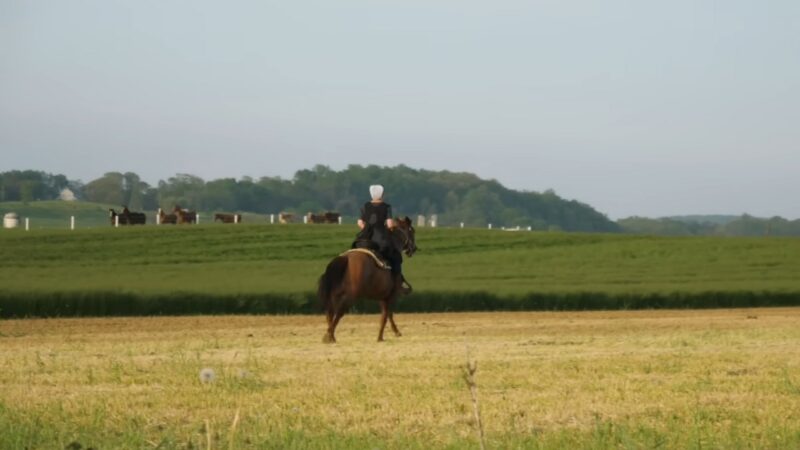
Reflecting on my visit to Smicksburg, I find myself deeply moved by the simplicity and integrity of the Amish lifestyle.
The contrast between this and my urban life could not be starker. In Smicksburg, each day is lived with a deliberate focus on sustainability and community, values often overshadowed in the modern rush toward progress and convenience.
The Amish dedication to their beliefs and practices, resisting modern technology and a way of life, offers a compelling framework for thinking about sustainability in broader societal terms.

